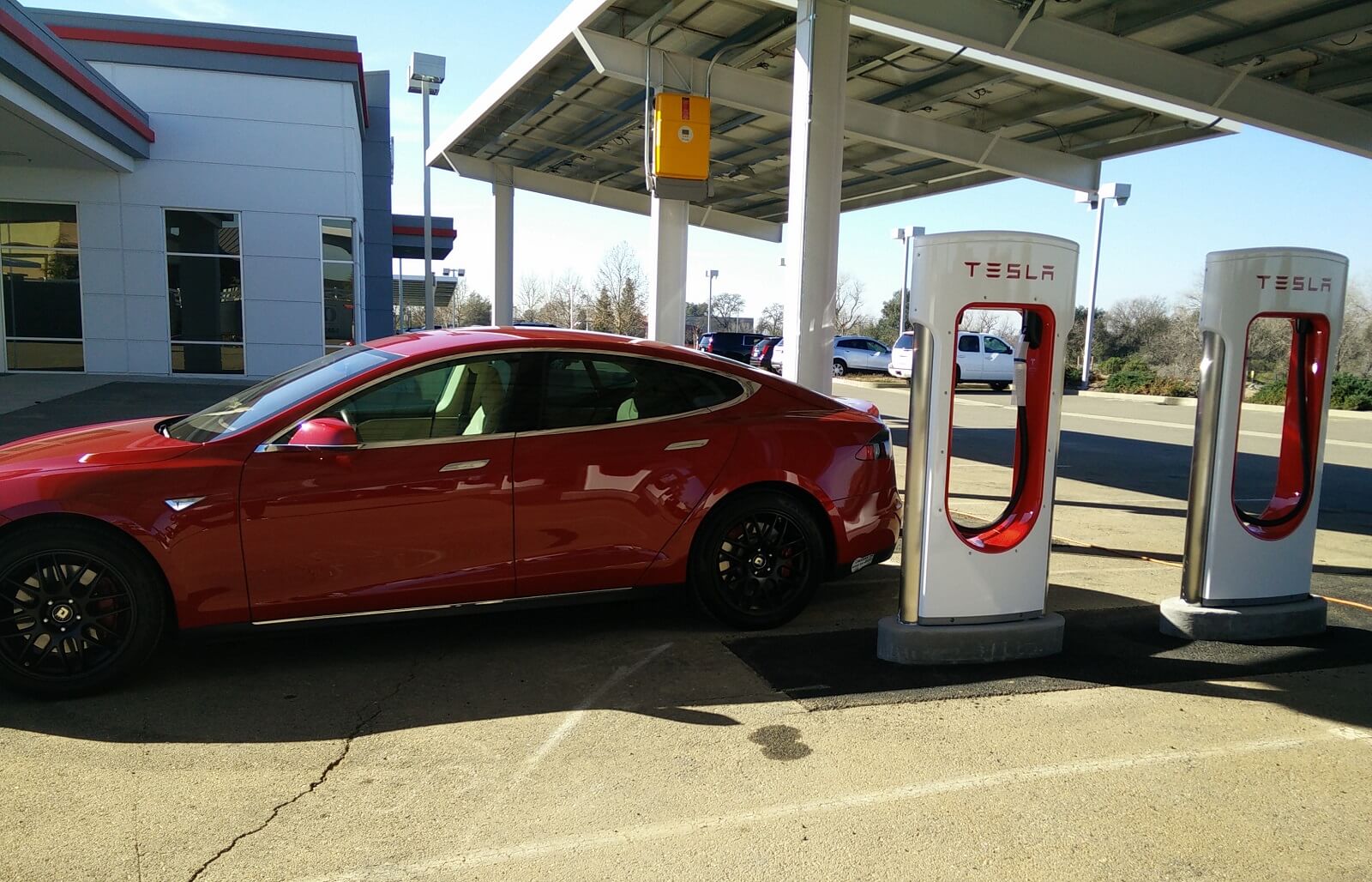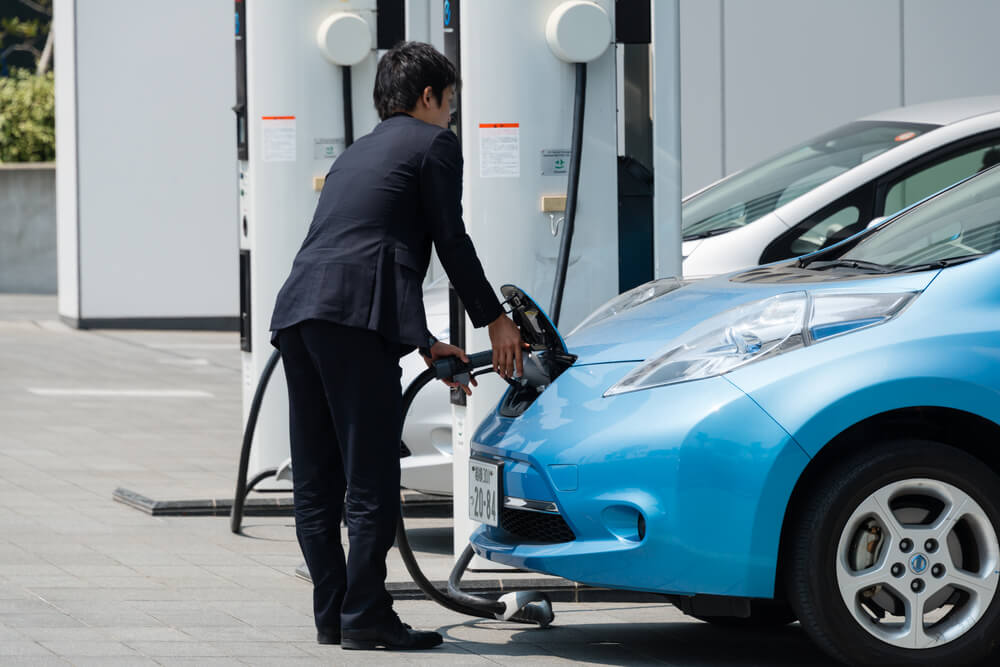The motto of Dauphin, Manitoba, a small farming town in the middle of Canada, is “everything you deserve.” What a citizen deserves, and what effects those deserts have, was a question at the heart of a 40-year-old experiment that has lately become a focal point in a debate over social welfare that’s raging from Switzerland to Silicon Valley.
Between 1974 and 1979, the Canadian government tested the idea of a basic income guarantee (BIG) across an entire town, giving people enough money to survive in a way that no other place in North America has before or since. For those four years-until the project was cancelled and its findings packed away-the town’s poorest residents were given monthly checks that supplemented what modest earnings they had and rewarded them for working more. And for that time, it seemed that the effects of poverty began to melt away. Doctor and hospital visits declined, mental health appeared to improve, and more teenagers completed high school.
“Do we have to behave in particular ways to justify compassion and support?” Evelyn Forget, a Canadian social scientist who unearthed some of the findings of the Dauphin experiment, asked me rhetorically when I reached her by phone. “Or is simply human dignity enough?”
Critics of basic income guarantees have insisted that giving the poor money would disincentivize them to work, and point to studies that show a drop in peoples’ willingness to work under pilot programs. But in Dauphin-thought to be the largest such experiment conducted in North America-the experimenters found that the primary breadwinner in the families who received stipends were in fact not less motivated to work than before. Though there was some reduction in work effort from mothers of young children and teenagers still in high school-mothers wanted to stay at home longer with their newborns and teenagers weren’t under as much pressure to support their families-the reduction was not anywhere close to disastrous, as skeptics had predicted.
“People work hard and it’s still not enough,” Doreen Henderson, who is now 70 and was a participant in the experiment, told the Winnipeg Free Press in 2009. Her husband Hugh, now 73, worked as a janitor while she stayed at home with their two kids. Together they raised chickens and grew a lot of their own food. “They should have kept it,” she said of the minimum income program. “It made a real difference.”
The recovered data from “Mincome,” as the Dauphin experiment was known, has given more impetus to a growing call for some sort of guaranteed income. This year, the Swiss Parliament will vote on whether to extend a monthly stipend to all residents, and the Indian government has already begun replacing aid programs with direct cash transfers. Former US Labor Secretary Robert Reich has called a BIG “almost inevitable.” In the US, Canada, and much of Western Europe, where the conversation around radically adapting social security remains mostly hypothetical, the lessons of Dauphin might be especially relevant in helping these ideas materialize sooner rather than later.
There are other compelling arguments for a guaranteed income now. Despite record corporate earnings, most people are not benefitting. Wages are stagnant, unemployment is high, student debt and health care costs are soaring, and the job market is not rewarding those who are already employed with enough money for a decent way of life. The so-called Uberization of the workforce, in which workers are paid by the task rather than on a salary or under an established hourly rate-is increasing the precariousness of work. (And that’s not to mention robots and artificial intelligence taking away jobs.) As the concept of universal healthcare spreads and minimum wage is debated, conversations around reconsidering or expanding social security are growing.
“Originally the interest was primarily prompted by the concern that the welfare system was discouraging people from working,” Ron Hikel, who coordinated the Mincome program, told Dutch television last year. Today, he says, the motivation for guaranteed income is an increase in inequality. “At some point, the income inequality begins to interfere with people’s ability to have education, and also to take care of their own health. To the extent that that effects the relations in society, it begins to accentuate divisions and differences, and you get an increase in social pathologies, alcohol addiction, the use of drugs, an increase in mental illness, a decrease in provision of educational courses and an increase in the crime rate.”
In the US, support for basic income has come not just from the left but, perhaps surprisingly, from the right, and especially from libertarians.
“There has always been some support for [a BIG] from the political right because the scheme is less intrusive than most ways of delivering social programs,” explained Forget (pronounced for-zhay). Thomas Paine and Martin Luther King, Jr. called for something like a basic income, but so too did the seminal libertarian economists F.A. Hayek and Milton Friedman (Friedman called it a “negative income tax”). Wisconsin Representative Paul Ryan has proposed combining various forms of federal anti-poverty assistance into a single funding stream, acknowledging that the effects of the rich getting richer are getting harder to ignore.
 Dauphin in the early 1980s. Image: Lisa N. Daniel/Facebook
Dauphin in the early 1980s. Image: Lisa N. Daniel/Facebook
Forget documented a decline in doctor visits, an 8.5 percent reduction in the hospitalization rate, and more adolescents continuing into grade 12
Advocates have argued that a single coordinated program providing a base income is more efficient than the current panoply of welfare and social security programs and the bureaucracy required to maintain them (in the U.S. there are currently 79 means-tested social welfare programs, not including Medicare or Medicaid). “Existing social assistance programs were riddled with overlaps and gaps that allowed some families to qualify under two or more programs while others fell between programs,” says Forget.
When Mincome was first conceived, in the early ’70s heyday of social welfare reform, some thought the experiment in Dauphin could be the prelude to a program that could be introduced across Canada. South of the border, there was widespread support for minimum income as well. A 1969 Harris poll for Life Magazine found that 79 percent of respondents supported a federal program President Nixon had proposed called the Family Assistance Plan that guaranteed a family of four an annual income of $1,600, or about $10,000 today. Nixon’s FAP plan (it wasn’t guaranteed income, he insisted, but it was) made it through the House before it was killed in the Senate, voted down by Democrats. Still, there remained a sense of experimentation in the air. Four minimum income trials occurred in the US between 1968 and 1975, which appeared to show that the work hours of basic income recipients fell more sharply than expected.
But these experiments were done with small sample sizes; the experiment in Dauphin was unusual in that in encompassed a whole town. Forget, now a community health professor at the University of Manitoba who studies a range of social welfare programs, saw in the Mincome data a rare chance to examine the effects of BIG on a wider scale.
An undergrad in Toronto at the time the experiment was first being conducted, she remembers hearing about it in class. “My professor would tell us about this wonderful and important experiment taking place ‘out west’ that would revolutionize the way we delivered social programs.”
Years later, when she ended up “out west” herself, she began piecing together what information she could find about Dauphin. After a five-year struggle, Forget secured access to the experiment’s data-all 1,800 cubic feet of it-which had been all but lost inside a warehouse belonging to the provincial government archives in Winnipeg. Since 2005, she’s been thoroughly analyzing it, carefully comparing surveys of Dauphin residents with those collected in neighboring towns at the time.
Forget’s analysis of the data reveals that providing minimum income can have a substantial positive impact on a community beyond reducing poverty alone. “Participant contacts with physicians declined, especially for mental health, and more adolescents continued into grade 12,” she concludes in her paper, “The Town with No Poverty,” published in Canadian Public Policy in 2011. Forget also documented an 8.5 percent reduction in the hospitalization rate for participants as well, suggesting a minimum income could save health care costs. (Her research was unable to substantiate claims from US researchers that showed increases in fertility rates, improved neonatal outcomes or increased family dissolution rates for recipients of guaranteed incomes.)
 Grade 12 enrollment in Dauphin and nearby localities as a percentage of previous year’s enrollment. Image: Evelyn Forget
Grade 12 enrollment in Dauphin and nearby localities as a percentage of previous year’s enrollment. Image: Evelyn Forget
The Dauphin experiment was born out of a particularly left-leaning moment in Canadian politics, as the progressive and provincial New Democratic Party (NDP) swept into office, and Pierre Trudeau was elected as prime minister. The plan, drawn up in 1973, called for two-thirds of the $17 million program to be paid by the federal government and the rest by the province.
Any person or family who fell into the lowest income bracket was eligible to participate, with the amount varying by family size, year, and other income sources. Families of two parents and two children that earned more than $13,000 were not eligible. By 1978, according to Forget, families that received no income from any other source would have received between $3,800 and $5,800 Canadian dollars per year; those with income from other sources would receive less, sometimes as little as $100 a month.
The feared labor market fallout-that people would stop working-didn’t materialize. Part of this was by design, says Forget. “Mincome was designed in such a way that there is always an incentive to work more hours rather than less,” because every dollar received from other sources would reduce benefits by only fifty cents, whereas typical welfare programs provide no extra benefits when recipients earn money from other sources. “If you work another hour, you get to keep 50 percent of the benefit you would have gotten anyway, so you are better off working than not.”
Some recipients used the money to pay for essentials; others used it as supplementary income to purchase things that could help them increase their earning potential, like new vehicles. One major benefit of the program was a sense of security, potentially counteracting the sort of worrying that can weigh heavily on the minds of the poor.
“Most important for an agriculturally dependent town with a lot of self-employment,” writes Forget in her paper, “MINCOME offered stability and predictability; families knew they could count on at least some support, no matter what happened to agricultural prices or the weather. They knew that sudden illness, disability or unpredictable economic events would not be financially devastating.”
While every family in Dauphin was eligible to participate in the experiment, only about a third had incomes low enough to qualify. In some cases, the effects on the town seemed to extend beyond the third who were participating. When looking at graduation rates, for example, Forget notes that there was likely a “social multiplier” effect at work. One student might have been afforded the ability to continue in school because of the minimum income, and then his or her friends whose family were not participating in the program might be influenced to stay in school themselves.
“We cannot separate out the direct effects from the indirect effects that might operate through social networks or other market or nonmarket mechanisms,” explains Forget in her paper. “Ironically, the inability to randomize in a saturation site, far from being a liability, may have generated a response that would be invisible in a classic randomized experimental site.”
Dauphin’s hasn’t been the only minimum income experiment in North America-in the 1960s, studies were conducted in New Jersey, Pennsylvania, Seattle and Denver-but Mincome was unique in that it was the only experiment to make guaranteed income available to a whole town rather than just a randomly selected sample of the population. This was a way, Forget writes, “to answer questions about administrative and community issues in a less artificial environment.”
Midway through, though, the project ran into financial problems. The economy across North America drastically changed, and a recession, stagflation and higher-than-anticipated unemployment made the project more expensive than its budget could accommodate. Two years in, a decision was made to keep archiving data, even though the researchers no longer had the budget to pay for its analysis.
By the end of the four years, new economic realities like the oil shocks had altered the political climate; new parties were voted into power, with ideological outlooks that rejected the idea of a minimum income. While Mincome was initially a pilot project for a national universal program, the new government had more urgent concerns and abandoned the idea. The experiments’ findings were filed away.
Footage of Dauphin in the ’70s. Video: Leo Bunyak
A lot of our social services were based on the notion that there are a lot of 40 hour-per-week jobs out there, full-time jobs, and it was just a matter of connecting people to those jobs and everything will be fine.
In 2005, after Forget discovered the 1,800 boxes of Mincome records, she tried to fill in the blanks by talking to families that had actually participated in the program. To avoid breaking ethics rules that forebade her from contacting any of them directly, Forget planted stories in the local press and on the radio, inviting participants to call her. Many did.
“They thought that it was a very positive thing and thought that were it to be reintroduced they thought it would be a very positive thing. They found it useful, and said that it certainly improved quality of life,” said Forget. “On the other hand,” she added, “it was hardly a random sample. If people had negative memories they probably wouldn’t have called me.”
Forget’s methodical research, however, gives more substantial proof than these memories and anecdotes. “I’m a social scientist, so I always have great hope that people will pay attention to evidence,” she said. “There’s always a fear that if you introduce a program like this people will stop working. We’ve got a fair amount of evidence that that is not the case, but people still worry about that. So I think it takes, sometimes, more than evidence to change public opinion.”

Dauphin in the snow. Image: Dauphin Economic Development
James Manzi, a senior fellow at the Manhattan Institute, believes that making minimum income a reality would be “a pretty tough hill to climb.” Typically some sort of guaranteed income or negative tax has been proposed as replacing all or part of the current welfare system, and while libertarians are in favor of that idea because it means less government bureaucracy, Manzi noted that special interest groups would be negatively impacted.
“Provider organizations for the entire welfare program are going to resist it because you are essentially describing eliminating all their jobs,” he said. He also noted that the cost of the program would be another challenge to overcome. “Any serious budget analysis that I’ve seen says it’s going to require a net increase in tax payments,” he said. “Even if it were free, could you get the electorate to support this idea? Then, it’s not free. The median voter’s tax bill is going to go up.”
Manzi also noted that in the ’90s, when welfare reform was being debated, the electorate was in favor of more work requirements, not fewer. “The primary distinguishing characteristic of TANF [Temporary Assistance to Needy Families, introduced in 1997] as compared to AFDC [Aid to Families with Dependent Children, which ran from 1935 to 1996] is the introduction of a work requirement,” he says.
Despite the Dauphin data, the effects-negative and positive-on people’s willingness to work and other aspects of their lives under BIG and similar programs remains unresolved. Even studies that appeared to show a drop in work incentives in guaranteed income pilots may have overstated the case. As Dylan Matthews points out on Vox, evidence shows that full withdrawal from the labor force was a relative rarity. Instead, workers spent longer periods of time searching for better jobs. Others may have spent more time in school. Forget saw this effect in Dauphin, and experimenters in the New Jersey and Seattle-Denver trials showed increases in teenagers completing high school, of 25-30 percent and 11 percent, respectively.
When Forget looks at politics and culture and the economy now, she sees forces converging to create a more hospitable climate for minimum income experiments on a grander scale than before.
“This is an interesting time,” she said. “A lot of our social services were based on the notion that there are a lot of 40 hour-per-week jobs out there, full-time jobs, and it was just a matter of connecting people to those jobs and everything will be fine. Of course, one of the things we know is that’s certainly not the case, particularly for young people who often find themselves working in precarious jobs, working in contracts for long periods of time without the benefits and long-term support that those of us who have been around longer take for granted.”
In the Canadian context, at least, she said, “I’m optimistic enough to believe that at some point we are going to end up with a guaranteed income.”




















 Dauphin in the early 1980s. Image:
Dauphin in the early 1980s. Image:  Grade 12 enrollment in Dauphin and nearby localities as a percentage of previous year’s enrollment. Image:
Grade 12 enrollment in Dauphin and nearby localities as a percentage of previous year’s enrollment. Image: 

























